Are you wondering how to 3D print miniatures?
There are dozens of different types of 3D printers on the market, ranging in price from a few hundred dollars to several thousand dollars.
This guide will focus on making 3D print miniatures, tips for the best prints, and more!
Miniatures
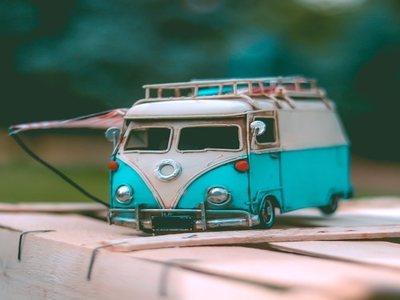
Miniatures are small, 3D objects usually used in board games or war games, with Dungeons and Dragons being one of the more popular board games to utilize 3D printed miniatures.
Whether you paint them or leave them unpainted, 3D-printed miniatures can be used as figurines or decorations.
In this blog post, we’ll focus on unpainted miniatures because they offer more flexibility for customization.
Read our related article, How Small Can You 3D Print? where we share a video of Micro Printing in action and explore print limitations!
Things Required
There are a few things you will need to have in order to get started with printing 3D miniatures:
- A computer with internet access
- A three-dimensional modeling program
- A three-dimensional printer
Check out this cool video of D&D miniature 3D prints:
Best 3D Printing Technologies for Miniatures
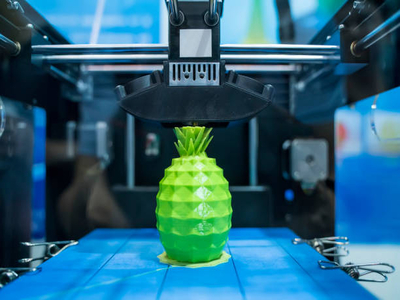
The miniature world is filled with intricate designs and delicate features.
So, when it comes to choosing a technology for printing miniatures, you need something that can handle the smallest of details without losing accuracy or fidelity.
Here are some of the best technologies for high-quality printing miniatures:
SLA
Stereolithography (SLA) is one of the most popular methods for printing miniatures.
This method uses an ultraviolet (UV) laser to cure layers of photopolymer resin into solid objects and is excellent for creating highly detailed models with smooth surfaces.
Read our related article on the Best SLA 3D Printer. We put the top printers to the test and here’s what we discovered!
DLP
Digital Light Processing (DLP) works similarly to SLA but uses a projector instead of a laser to cure the resin.
This method is typically faster than SLA but still produces prints with similar levels of detail and smoothness.
FDM
Fused Deposition Modeling (FDM) is a standard desktop printer that uses plastic filament extruded from a nozzle.
FDM printers are great for larger miniatures that do not require the same level of detail as smaller models.
While these printers are not as precise as SLA or DLP printers, this method is cheaper and easier to use.
Read our related article on the Best FDM 3D Printer. Not sure which printer to try? We did the work for you! Here are our favorites.
SLS
Selective Laser Sintering (SLS) uses a laser to fuse powdered materials like metal, glass, or ceramic into solid objects.
This method is more expensive than other technologies, but it can produce reliable and durable prints with a high level of detail.
PolyJet
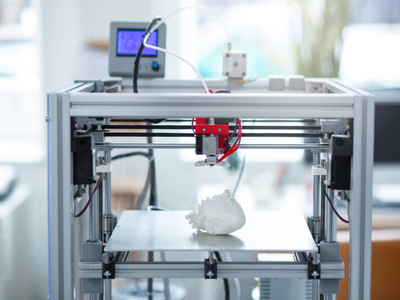
PolyJet printers use jets to deposit layers of photopolymer resin, which are then cured with UV light.
This method is similar to SLA and DLP but can produce prints with multiple materials and colors.
Read More: PolyJet vs FDM and PolyJet vs SLA. We discuss which is the better 3D printer!
Binder Jetting
Binder jetting uses jets to deposit layers of powder, which are then bonded together with a liquid binder.
This method is similar to SLS but can produce prints with multiple materials and colors.
Direct Metal Laser Sintering (DMLS)
DMLS uses a laser to fuse powdered metal into solid objects.
Similar to SLS technology, this method is more expensive than other technologies, but it can also produce reliable and durable prints with a high level of detail.
Ultimately, choosing the right technology for your project will depend on several factors, including budget, speed, accuracy, and detail.
We recommend experimenting with different methods to find the one that best suits your needs.
Read More: How Big Can You 3D Print Something? Looking to go the other direction? We explore the BIGGEST prints possible!
How to 3D Print Miniatures Step-By-Step
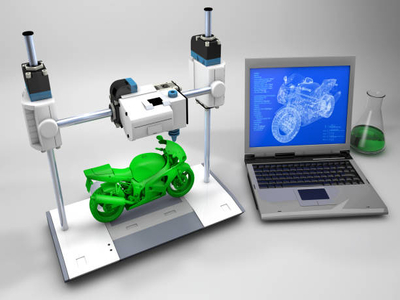
Printing 3D miniatures is a pretty straightforward process, and once you get the hang of it, you’ll be creating your unique designs in no time.
Find an Image
The first thing you will need to do is find an image of the miniature you want to print.
This can be anything from a photo you took yourself to a drawing or even just a simple sketch.
Choose Software Program
Once you have your image, open it in your chosen software program and create a three-dimensional model.
This process can vary depending on which software program you are using, but there are plenty of online tutorials if you need some help getting started.
Slicing Program
Once you have the plans for your three-dimensional model complete, it is time to open your slicing program.
Once in your slicing program, you will need to choose the settings for your print and then load them into your model.
Again, the specifics of this process will vary depending on which software you are using, but there are plenty of resources available online if you need some help.
Now that your model is sliced and ready to go, it is time to load filament into your printer and hit “print”!
The final step is to sit back, relax, and watch as your printer creates the miniature before your eyes!
Read our related article, How Long Does it Take to 3D Print a Small Object? for approximate printing times!
3D Printing Miniatures Tips
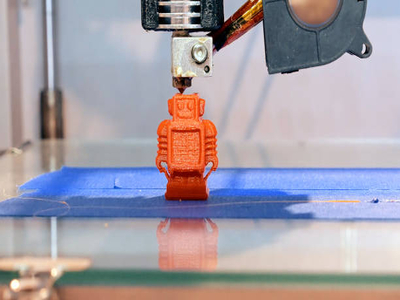
If you are new to miniature painting, don’t worry – we’ve got you covered. These tips will help you create beautiful prints.
Before you start, it is essential to have a clear idea of what you want to achieve.
Think about the size and shape of the model, as well as the level of detail that you want to include.
Once you understand your goals, it is time to choose the right software and hardware for the job.
Read More: SLA vs PLA Strength and Applications. See how SLA compares to PLA here!
Choose Your Software Carefully
There may be many different types of software available for designing miniatures, but not all of them are created equal.
We recommend using a program like Blender or Fusion 360, both free and easy to use.
If you’re feeling adventurous, you can also try your hand at sculpting your models using programs like ZBrush.
Pick the Best Printer for You
You will need a printer that is capable of printing small objects with high precision when it comes to hardware.
The Ultimaker series of printers are some of the best on the market, but any FFF or SLA printer should be able to produce good results.
Invest in the Best Support Material
Once you have your software and hardware sorted out, it is time to start printing!
We recommend using proper support material so that your model doesn’t collapse in on itself during the printing process.
PLA or PETG filaments are generally the best choices for miniature printing, as they have a lower risk of warping and produce less stringing.
With these tips in mind, you are ready to start printing your miniatures.
Remember to have fun and experiment because there is no right or wrong way to do it. Get out there and start printing!
Read our related article on the Best PETG Filament. Here are the toughest filaments for strong, lasting prints!
Final Thoughts
Now that you know how to print your own custom miniatures, experiment with different designs and printing materials to create the perfect miniature for your gaming group or display shelf.
With a bit of practice, you will be churning out high-quality prints. Thanks for reading!
Read More
